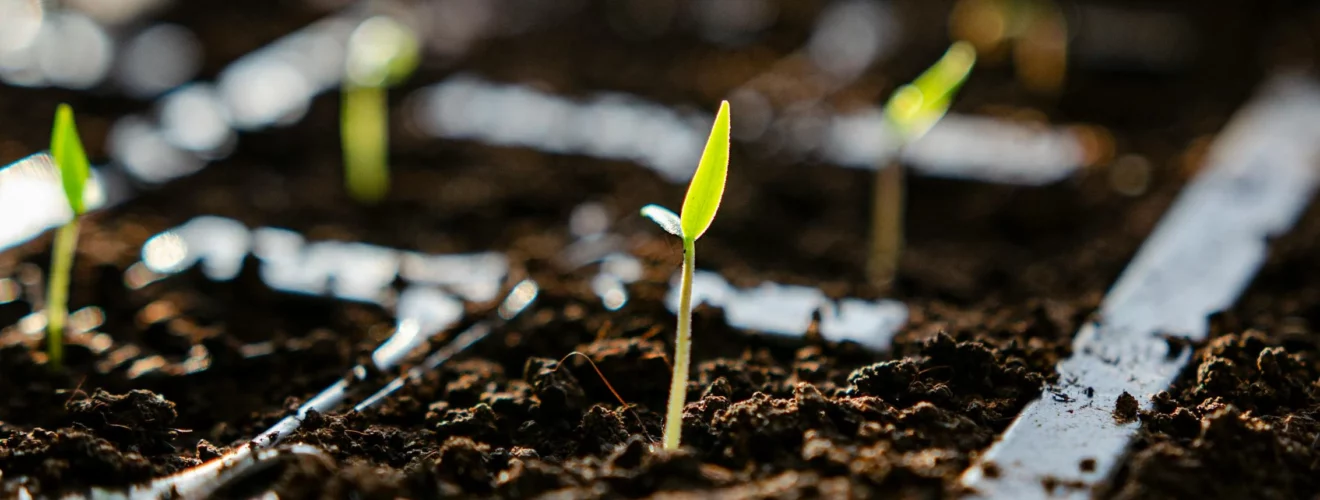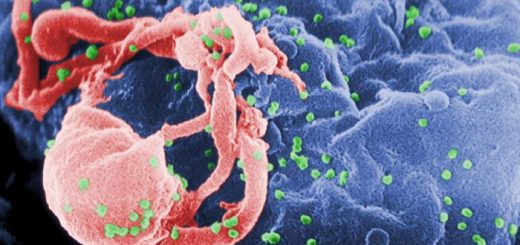Could the nitroplast be the new powerhouse of the cell?

Did you know that Earth’s atmosphere is largely composed of a gaseous element nitrogen? Nitrogen, discovered in 1772[1], accounts for around 78% of the chemical elements in our air, followed by 21% oxygen, approximately 1% argon and a handful of other gases[2].
Nitrogen sustains our life on Earth, acting as a key ingredient for biological molecules like amino acids (the building blocks of proteins) and DNA (which stores our genetic blueprint). In plants and some bacteria, nitrogen makes up a green pigment called chlorophyll which plants use during photosynthesis, a process that converts light to energy[3].
Ironically, despite the importance of nitrogen, we have little use for it as a gas. Two nitrogen atoms joined together (‘N2’) are very stable and need a huge amount of energy to break apart, so we just breathe it in and out unchanged. If you pick up a traditional biology textbook, you will read that animals and plants (otherwise known as eukaryotes) require nitrogen gas to be chemically converted to ammonia (NH3) via a process known as nitrogen fixation. Until recently, scientists believed that only bacteria (prokaryotes) could ‘fix’ nitrogen. Soil bacteria absorb nitrogen from the air, break it apart with an enzyme called a nitrogenase and then add hydrogen, converting it into ammonia in the soil. Some plants even house nitrogen-fixing bacteria in their roots, for example, peas, soybeans and beans. In the agricultural industry, atmospheric nitrogen can be combined with hydrogen in a factory to generate ammonia for fertilisers that farmers use to grow crops.
Scientists based at University of California, Santa Cruz have recently described the astonishing discovery of a novel organelle, the ‘nitroplast’, within a eukaryotic organism called Braarudosphaera bigelowii[4], a type of single-cell marine algae. Evidence suggests that this organelle was acquired by B. bigelowii through a process of endosymbiosis, the same process that happened billions of years ago leading to the acquisition of the mitochondria, the famous ‘powerhouse’ of the cell, and the chloroplasts that plants use for photosynthesis. According to these findings, around 100 million years ago, a nitrogen-fixing prokaryote lost independence and became incorporated into B. bigeloweii, remaining as an organelle capable of fixing nitrogen.
But why could this discovery be so important?
Apart from the textbooks needing a rewrite, it’s estimated that the production of ammonia fertilisers from fossil fuels generates 1.3% of the world’s CO2 emissions, or 450 million metric tons[5]! Now we know a eukaryote can host an organelle capable of nitrogen fixation, dissecting the relationship between B. bigelowii and its nitroplast further may help researchers to harness the power of the nitroplast for use in other eukaryotes and, in time, develop more sustainable and natural agricultural practices.
[1] https://periodic-table.rsc.org/element/7/nitrogen
[2] https://www.britannica.com/science/air
[3] https://www.bbc.co.uk/bitesize/articles/zn4sv9q
[4] https://www.science.org/doi/10.1126/science.adk1075
[5]https://www.iea.org/reports/ammonia-technology-roadmap
Edited by Daisy Lints
Copyedited by Bavishya Tata





